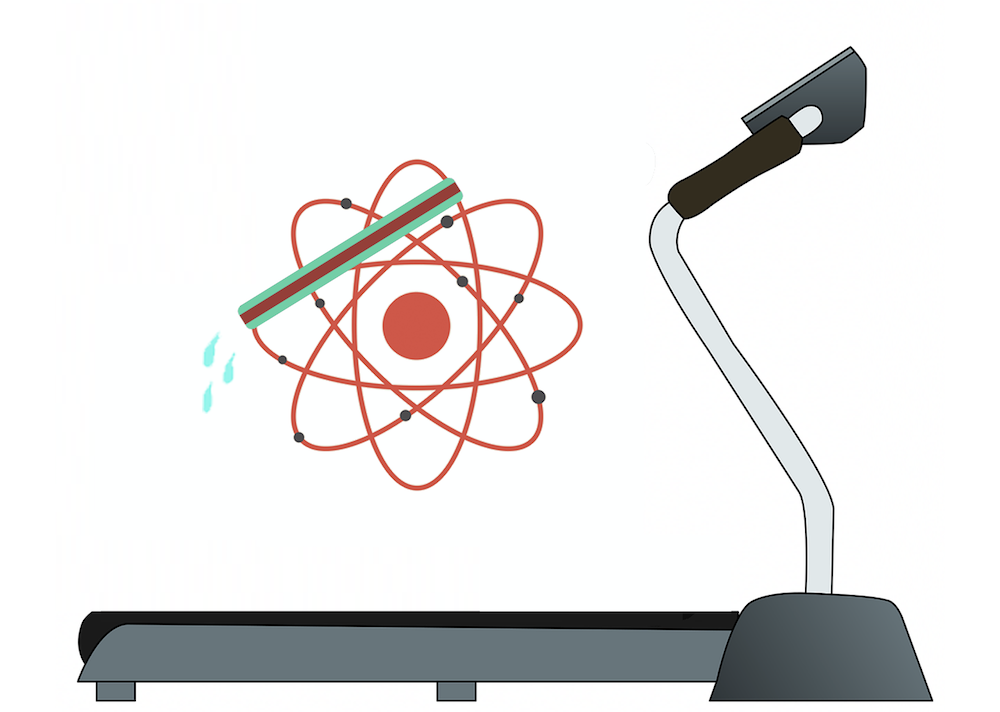
[Image above] A faster process is not necessarily easier, as grain boundary diffusion of cations in certain metal oxides goes to show. Credit: ACerS
Whenever I hear discussions of clean and renewable energy innovations, I almost immediately think of metal oxides.
Metal oxides have played a big role in established and emerging energy technologies. In particular, perovskite oxides and fluorite oxides—or oxides with structures similar to the mineral perovskite (CaTiO3) and fluorite (CaF2), respectively—are seen in everything from fuel cells to nuclear fuels due to their great thermal stability and good oxygen ion conductivities.
Despite their widespread use, there remains an aspect of these oxygen-ion conducting metal oxides that is still relatively unexplored—cation diffusion.
Cation diffusion: A slow (but essential) transportation mechanism
In oxygen-ion conducting metal oxides, the mechanisms governing diffusion of negatively charged oxygen ions (anions) generally receive much more attention than the mechanisms governing diffusion of positively charged metal ions (cations) because of the anions’ role in conductivity.
“It is the oxide ions that are highly mobile, providing the dominant contribution to the electrical conductivity,” explains Roger De Souza, professor at RWTH Aachen University, in an email. “The [metal] cations, in contrast, are far less mobile, and their contribution to the overall conductivity is negligible.”
However, though cations’ role in conductivity is small, “The diffusion of the cations is nevertheless important for long-term processes, or processes at very high temperatures: sintering, grain growth, interdiffusion, creep, phase formation, and kinetic unmixing,” De Souza adds.
Research on cation diffusion has found that, unlike anions, cations tend to diffuse faster along grain boundaries, i.e., the interfaces between grains of differing crystal orientations in polycrystalline structures. This finding may be surprising to students who associate grain boundaries with decreased conductivity—but remember, conductivity mainly depends on the anions, not the cations.
“The transport of oxide ions across boundaries is indeed hindered,” De Souza says. “For the cations, diffusion experiments … show that grain boundaries provide a fast path for the very slow cations.”
Currently, most knowledge concerning fast diffusion of cations along grain boundaries comes from studies on metals, not ceramics. And this fact cannot be overlooked due to an inherent difference between metal and ceramic grain boundaries.
In metals, the grain boundaries are locally electroneutral, meaning they hold no charge. Ceramic grain boundaries, however, generally become electrostatically charged, which causes the adjacent bulk areas to develop space-charge layers (SCLs), i.e., areas that are structurally part of the bulk but electrically part of the grain boundary.
SCLs can drastically alter the concentration of point defects in that area, such as the number of oxygen and cation vacancies, which naturally affects ion diffusion. And yet surprisingly, there are no studies to date investigating the effect of SCLs on cation diffusion in fluorite (and some perovskite) oxides.
“It was a big surprise to us that the presence of SCLs has not been invoked so far, [especially because the presence of them are widely accepted],” De Souza says. So, he and doctoral candidate Jana Parras decided to investigate the effect of SCLs themselves.
Cation diffusion in fluorite and perovskite oxides
To investigate how grain boundaries and SCLs affect cation diffusion, Parras and De Souza attacked the problem with a two-step, continuum-level approach, in which point-defect distributions were calculated before cation diffusion was allowed to occur.
Using this approach, they ran numerous diffusion simulations for both fluorite and perovskite oxides and varied four parameters over a range of temperatures: percent of oxygen vacancies in the bulk, standard chemical potential of the oxygen vacancies, and number densities of core sites for oxygen vacancies and acceptor dopants.
Among their findings, the most important one had to do with activation enthalpy, i.e., the amount of energy necessary to initiate diffusion.
They found that although cations diffuse faster along the grain boundary than in the bulk, the activation enthalpy for grain-boundary diffusion can approach, or even equal, the activation enthalpy for bulk diffusion. In other words, even though diffusion along the grain boundary was faster, it took the same amount of energy to occur.
“If in the past you found [equal activation enthalpy] experimentally, it was considered to be unphysical. You had done something wrong in your experiments. And for metals, I would agree,” De Souza says. “But for oxides, we have now shown that it is not unphysical. In fact, we have shown that there is a solid physical basis for such behavior.”
De Souza says they are now pursuing two further avenues of research, one computational and one experimental, to investigate the diffusion mechanism more. And this time, they have an additional tool to help them out—based on the information in this study, Parras and De Souza derived an empirical relationship that predicts the grain-boundary diffusivity using knowledge of space-charge parameters and bulk diffusivity.
The paper, published in Acta Materialia, is “Grain-boundary diffusion of cations in fluorite-type oxides is faster but not always easier” (DOI: 10.1016/j.actamat.2020.05.022).
